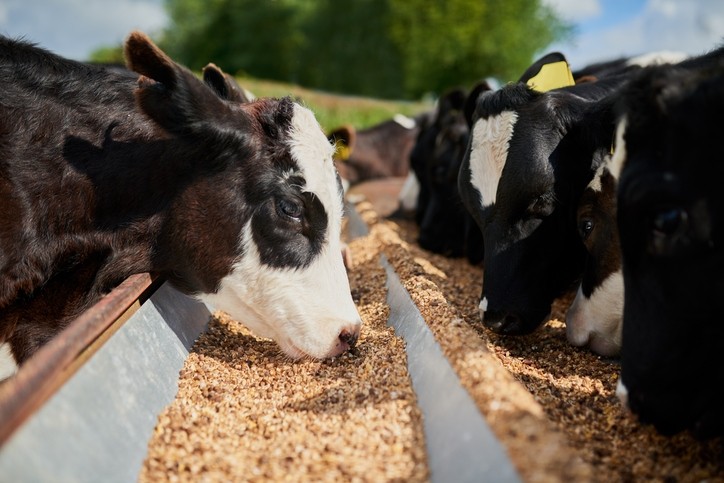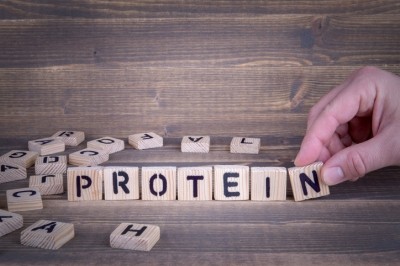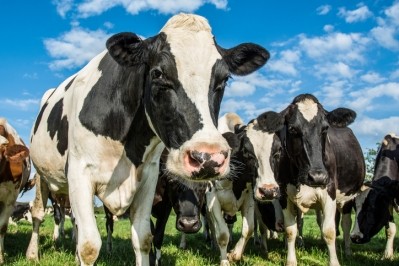AB Vista looks to boost fiber use in dairy feeds

The company has an established presence working with ruminants in Europe and especially in the UK and Ireland, said Derek McIlmoyle, technical and commercial director with AB Vista.
It now sees scope for expansion in North America and Brazil through a focus on fiber use in dairy cow and cattle diets in those markets.
“We see an opportunity in the fiber area and trying to optimize the utilization of fiber in ruminants,” he told FeedNavigator at the Cornell Nutrition Conference in New York last week.
“[Fiber digestibility] is relatively low in ruminants – there’s a lot of potential that we’re not actually utilizing and even if we can extract a small bit of extra value from that through the use of [our] VistaPre-T [product] or other techniques, then that is going to have a big impact on feed efficiency or performance.”
“We’re looking to grow in the ruminant sector in Europe as well so I think that there are opportunities in most of the markets,” he added.
The company's VistaPre-T is a liquid product that can be added to a total mixed ration (TRM) to help break down the fiber so cows can extract more nutrients, he said. “It starts to actually physically roughen up the surface of the fiber and open up some holes within that surface, which then allows much faster colonization with the microbes in the rumen when the feed is consumed,” he added.
Industry is looking at ways to improve the digestion of dietary fiber or forage as dairy cows require higher energy levels in diets, said McIlmoyle.
“At the moment, we have a dairy industry that has bred cows to produce huge amounts of milk and we’ve seen over the last 10 years a 12% increase in milk per cow output, and that shows no real signs of slowing down,” he said. “The question is how do we continue to feed cows for increased production while on the other hand meet those energy requirements and meet the minimum fiber requirements within the dairy cows as well."
In North America, the average yield per cow annually is about 23,000 pounds of milk, he said. That growth is anticipated to continue for the next several years.
Balancing energy and fiber
As dairy producers increase the energy ration in cow diets to support high levels of production, there can be a related decrease in the level of fiber or forage included, said McIlmoyle.
“Forage levels get pushed to the absolute minimum, to the point where it starts to compromise the health of the cow,” he said. “And you start to get problems with sub-acute ruminal acidosis (SARA) and compromised rumen health and low rumen pHs.”
The damage caused by SARA can limit the ability of the rumen wall to absorb nutrients and potentially allow for pathogens or toxins to gain access to the bloodstream, he said. There also can be a native effect on performance.
The ability to draw more nutrition or additional value out of the forage used in a diet or the use of a higher quality forage means that producers would not have to add the same level of supplemental energy, he said. The change also should improve or support the health of the cow.
“We’ve made big strides forward in the past 20 years in terms of the types of crops we grow for forage, whether it be corn silage or grass silage, and we’ve also made quite a lot of strides in terms of ensilage techniques,” said McIlmoyle. “I’m trying to make sure that we’re maximizing the value of fiber in terms of the forage portion from not having any losses from when it’s ensiled to feed out.”
Variations in forage quality often stemming from weather or growing conditions can reduce the amount of energy available in the feed ingredient, he said. When cows have a high-energy requirement to maintain production, then that leads producers to supplement diets with an energy or fat.
“The higher the quality forage it means you can get away with feeding more fiber and ultimately means more benefit for the cow and the rumen,” he said. “But if we have poor quality forage, people will tend to lower the intake of that and replace it with other things.”
If the cow’s energy needs are not met in the diet then the cow can start to draw those nutrients from body reserves, he said. “Then you get into a negative energy balance and start affecting fertility and you have a whole knock-on effect there – that’s the reason why the forage portion is continually under pressure,” he added.
Looking forward, the continued expansion in milk yield is anticipated to continue, said McIlmoyle.
“The challenge is how do we meet that extra demand for energy for those cows? And that’s where I think the opportunity lies for the industry going forward, is trying to provide diets that will meet the energy requirements but not only that doing it in a healthy way, doing it in a safe way [and] doing it in a sustainable way,” he added.
“At the end of the day we’re feeding ruminants and they have a requirement for long forage and effective fiber,” he said. “There’s only so far we can push that down to the minimum base without comprising health.”








